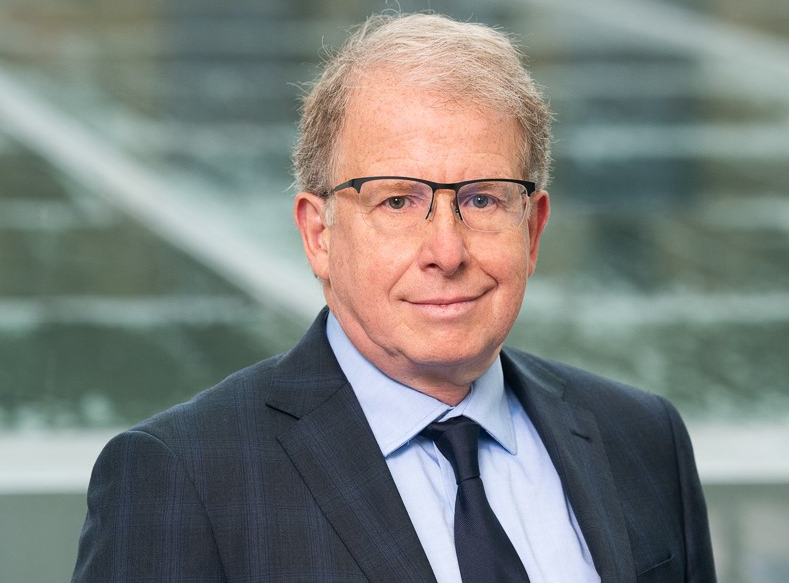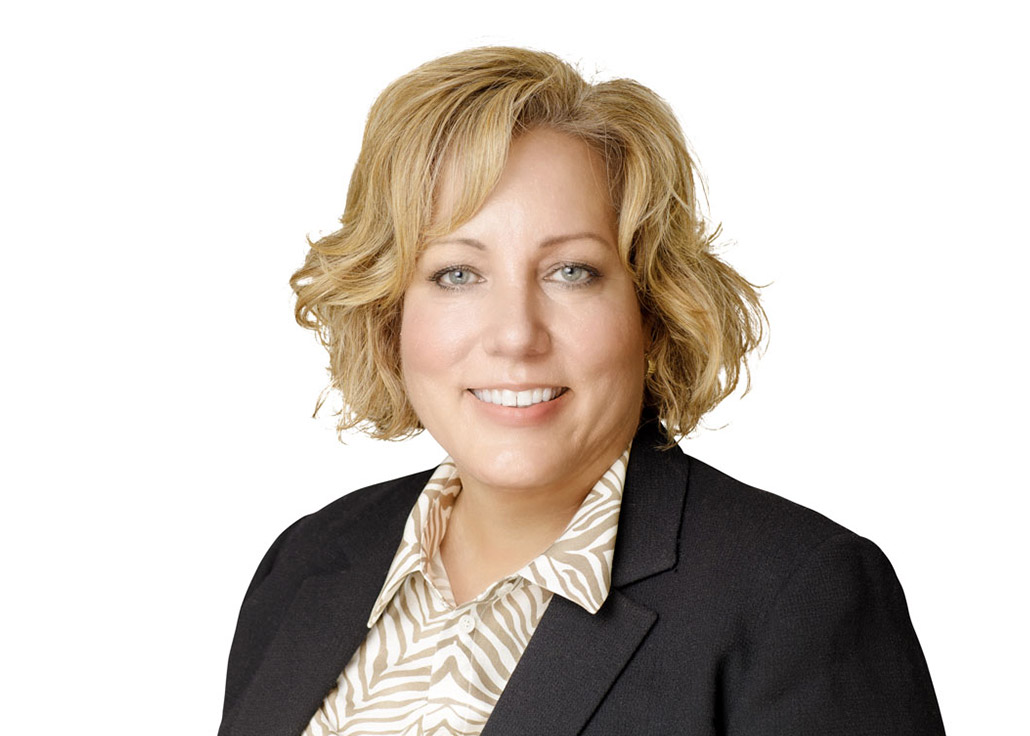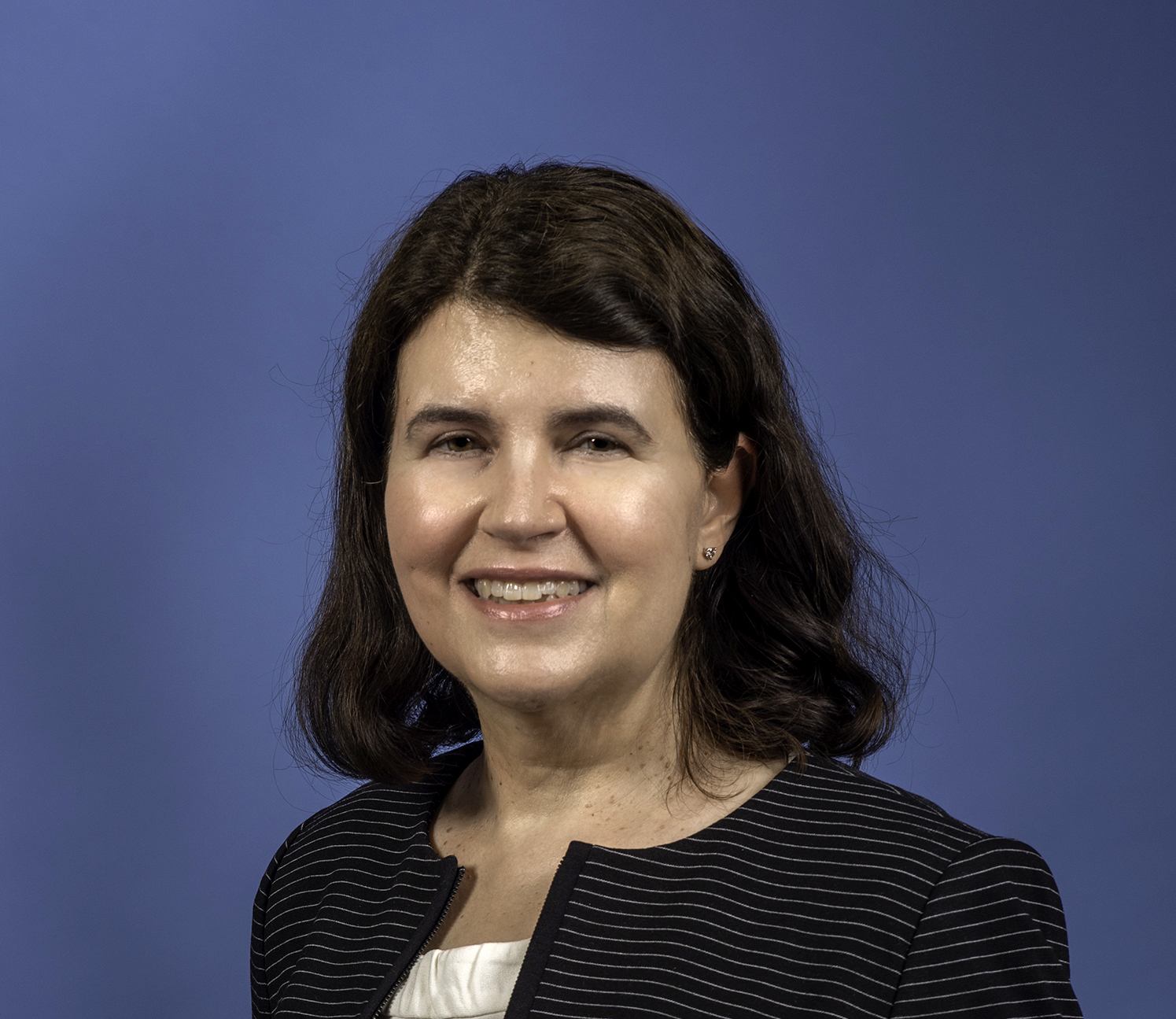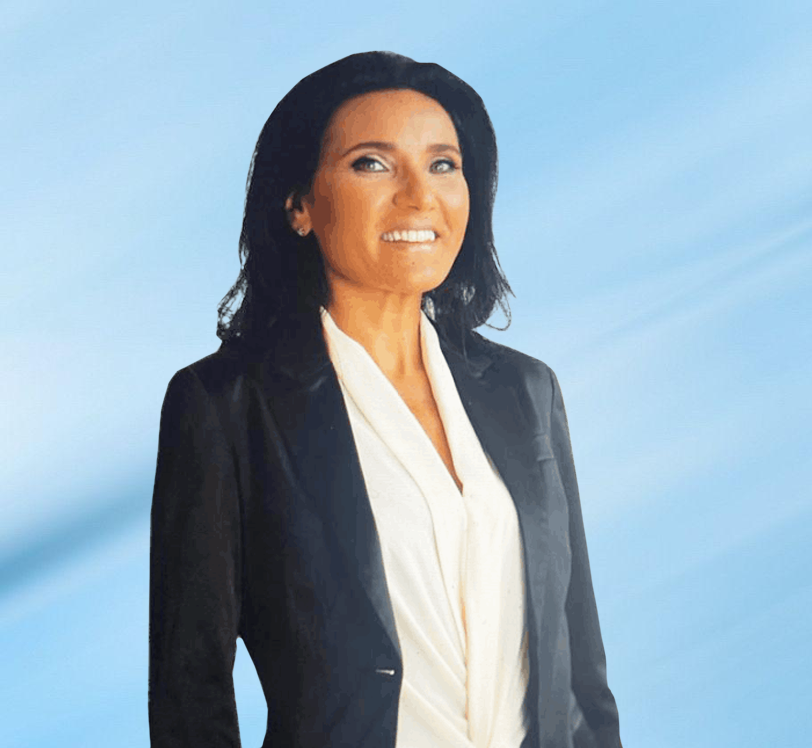About the Interviewee (Sourced from NGM Biopharmaceuticals’ Official Website)
Joanne Sloan Lancaster, PhD is the Vice President of Project Team Leadership & Clinical Research at NGM Biopharmaceuticals
Dr. Joanne Sloan Lancaster joined NGM in June 2022, bringing over 25 years of pharmaceutical and biotechnology experience across all phases of drug development, with a focus on early phase exploratory medicine and clinical development in autoimmune and immune oncology across drug modalities.
Prior to joining NGM, she most recently served as the Vice President, Program Management at Immunovant and the Vice President, Program Team Leadership at Calico. She began her pharmaceutical career at Eli Lilly where she was a Research Advisor in the Therapeutic Antibody discovery organization, subsequently spent over a dozen years leading clinical programs as a Senior Advisor and Program Leader at Lilly Chorus, and then was the Head of Exploratory Medicine and Clinical Pharmacology over Lilly’s Immunology and Oncology portfolios. She has strong drug development and program leadership skills and has delivered key data packages for compounds across many therapeutic areas and indications, as well as multiple drug modalities.
Dr. Joanne received her BSc in Immunology from the University of Glasgow, her PhD in Immunology from Washington University St. Louis, and did a post-doctoral fellowship at the NIH. She is a current member of CHIEF, a private network focused on women executive leaders.
The Discussion
Diving Into the World of Immuno-Oncology
[Dex Marco]: It’s such a pleasure to have you here with us today, Dr. Joanne. And Happy International Women’s Month to you. You have a rather long and impressive background in immunology, oncology and the drug discovery and development process – what would you say drove you towards this field, and what brought you to NGM Biopharmaceuticals?
[Dr. Joanne]: Since I was the first in my family to go to university, I didn’t have a whole lot of guidance regarding what undergraduate degree to take but I was pretty good in science and math and thus went into the scientific field, which was where I got introduced into immunology. I was intrigued by this multidisciplinary field and therefore, through interest and intellectual curiosity, I focused on immunology moving forward.
In undergrad I concentrated on T cells, with an emphasis on immune suppression and tolerance, primarily via the study of organ transplantation and the immunological dilemma this presents, i.e., the desire of a recipient’s body to accept as “self” an organ that the immune system sees as “foreign”. I then worked for a year in a transplant surgeon’s discovery lab, continuing to study ways to mitigate organ transplant rejection. I subsequently did my PhD in Immunology, where I focused on T cell immunology, including antigen presentation, partial activation and induction of anergy.
During my post-doctorate training at the NIH, some key experiences influenced my passion to move from academic research to applied science. My husband, a dentist, was doing fellowship training at the NIH in Oral Medicine and was treating the oral manifestations of patients with serious and often rare diseases with high unmet need. My husband also had cystic fibrosis, a genetic disease which is chronic, progressive, and terminal. During our time at the NIH, he had a double lung transplant. It was those two experiences – my husband’s illness and the experience at the NIH of exposure to so many patients with high unmet medical needs – that drove me to the pharmaceutical industry. These experiences ignited my passion to apply science to enable medicine, and instilled in me the mantra that continues to motivate me today, which is – “the patient is waiting, (sometimes in your own living room)”.
My first industry experience was at [Eli] Lilly where I initially worked in the discovery labs focusing on therapeutic antibody generation, and then moved to early clinical development. The majority of my time at Lilly was in a group called Chorus, focused on developing compounds from the bench (preclinical) to clinical proof-of-concept. My main responsibilities included building drug development strategies, designing clinical studies across many indications and therapeutic areas, as well as drug modalities, and driving diverse teams to build and execute plans to derive tangible results. In my last few years at Lilly, I led clinical pharmacology and exploratory medicine for immunology and oncology. I have spent the past few years in biotech, 2 of which were at Calico as Head of Program Team Leadership, where I contributed to the development of many programs, including several early clinical oncology programs. I am now with NGM Bio, whose portfolio includes multiple oncology programs developing therapeutics to reprogram myeloid cells which play a central role in immune suppression. I enjoy working in immune oncology to try to find ways to (re-) activate an immune system to identify something that initially was “self” as “foreign”, which is kind of the opposite situation to organ transplantation.
From my experiences in early drug development, I came to appreciate a couple of key observations. One is that understanding exposure-response relationship and selection of the right dose(s) is paramount to success of a potential drug. The other is that early phase drug development in oncology, in particular immune oncology, requires that the same questions get addressed as in traditional (non-oncology) drug development; it is just often more challenging to do. For example, many tolerability concerns may not be obvious during the early phases of drug development in immune oncology but take time to develop. It can also be quite challenging to assess exposure-response relationship for many of the targets and drug candidates, given the nature of the targets and the sparse and heterogeneous sample sizes. As an immunologist having some understanding of the science around many of the targets in immune oncology, as well as having a reasonable amount of experience in early phase drug development across other therapeutic areas, early phase (immune) oncology drug development seemed like a nice fit for me where I could contribute and add value.
The U.S. FDA’s Project Optimus
[Dex Marco]: Your expertise in the field of biopharma is wide-ranging but it would be wise to double down on Oncology and/or Immunology in this next question since you’re one of the speakers for the upcoming Proventa International Oncology Strategy Meeting this May. Now, more often than not, the current paradigm for dose selection in oncology, which is based on cytotoxic chemotherapeutics, leads to doses and schedules of molecularly targeted therapies that are inadequately characterized before initiating registration trials. How does FDA’s initiative, Project Optimus, address this concern? In particular, what are the goals of Project Optimus?
[Dr. Joanne]: The FDA’s recent draft guidance on optimizing the dosage during oncology drug development recommends that Sponsors conduct dose optimization prior to approval with a goal of avoiding exposure of large numbers of patients to a poorly tolerated drug or one that does not provide maximum clinical benefit. Sponsors may consider commencing the generation of a data set toward informing optimal dose at pre-clinical stages of development by trying to incorporate dose range assessments in key experiments. In phase 1 clinical studies, we should be thoughtful in collecting pharmacokinetic and pharmacodynamic or biomarker samples, to assist in exposure-response analyses. In dose escalation and dose finding studies, adding more patients at dose levels being considered for further development will allow further assessment of safety and activity.
Traditionally in oncology drug development a single dosage is taken forward for further development after dose finding studies, which is most often the maximum tolerated dose (MTD) or the maximum assessed dose (MAD) if an MTD is not reached. Project Optimus states that Sponsors should instead assess multiple dosages to identify an optimal dose. This is analogous to traditional (non-oncology) drug development where the goal is to identify the best dosage to provide optimal clinical benefit. Due to the high unmet need in oncology and desire to bring effective drugs to patients as quickly as possible, the FDA provides some suggestions for efficient clinical design approaches.
Leveraging Data for Dose Optimization in Clinical Oncology
[Dex Marco]: In relation to the previous question, how can we efficiently generate data to guide dose optimization while minimizing patient exposure to inactive doses of compounds in development?
[Dr. Joanne]: The discussion about Project Optimus is, I think, much needed in part because the traditional paradigm of driving to an MTD and selecting the highest tolerated dose as the dose to take forward is not optimal for the types of drugs that we’re developing for oncology today, many being targeted therapeutics. In the phase 1 study design setting, assessment of more acute dose limiting toxicities is used to guide dose escalation. The MTD/MAD approach is not the most favorable for targeted therapeutics which may never reach an MTD or have doses below the MTD that have similar efficacy to the MTD but with fewer toxicities when dosed for a longer period. I think it’s timely, but also recognize the challenge to identify an optimal dose in oncology.
In early phase clinical studies, features that are generally favored to enable assessment of exposure-response relationship include homogenous populations, reasonable sample sizes, sufficient tools to quantitatively measure engagement of the target directly or indirectly, and some understanding of relationship between the “response” being measured and clinical effect in the disease of interest. In the early stages of drug development, there is also typically much uncertainty as to whether a compound is safe or has any clinical benefit. Due to the severity of disease in cancer, it would not be ethical to offer patients compounds when there remains so much uncertainty regarding safety and efficacy if they have alternative options that may provide benefit. Therefore, early phase oncology clinical studies most often enroll patients who have exhausted all other options, resulting in a heterogeneous population (different tumor types), as well as small sample sizes at each dose level to minimize exposure to non-effective dosages. Further, it is sometimes challenging to identify tools or generate assays that can generate reproducible and quantifiable read-outs in the clinical setting. I support the idea of trying to utilize as many tools that may add value as feasible across the entire drug development cycle, as early as the first in-human studies. Being thoughtful and strategic about what samples are being collected and what analyses are possible to help assess if the compound is having a pharmacological effect can be very informative. Such data can guide the selection of dosages at which to add more patients to assess further safety and activity, and ultimately to inform which dosages to take forward.
Evolving Designs of Early-Phase Oncology Clinical Trials
[Dex Marco]: I want to back track a little bit about this next question to better understand the progress in anti-cancer clinical trials throughout the years. So first, please take me back to how things were previously done with oncology clinical trials and do elaborate as to what are the evolving designs of early phase oncology that current, incoming, and future drug makers should be aware of?
[Dr. Joanne]: The types of drugs being developed across the industry today are highly sophisticated (consider T cell engagers, cell therapies, mRNAs, antibody drug conjugates, to mention a few). Many of them are targeted therapies which are designed to have the best effect in specific patients. Identifying the optimal patients for a specific drug is important to maximizing the opportunity and benefit that a targeted therapy can provide. Understanding patient disease, treatment history (and prior response), and tumor characterization (including such things as tumor mutational burden, immune microenvironment, expression of target[s] of interest) are all important to selection of the best drug choices for a patient and the most relevant patients to test a drug candidate’s effect.
When I consider immune modulators, I think about them as pro-drugs since they are really initiators of an immune response (which is the real drug). In the context of optimizing dose, schedule and duration of dosing are additional features that are important to consider for immune modulators.
I often make an analogy between cancerous cells and infectious agents, in the sense that both are smart, sophisticated and evolve over time based on pressures, with the goal of survival of self. They see the “danger” coming to try to eradicate them, then they modify themselves to evade that danger and/or manipulate the environment to reduce the danger (such as inducing an immune suppressive environment). Thus, cancer in an individual is often a moving target which presents additional challenges to identify treatments that have durable effect. Understanding the evolution of an individual’s tumor microenvironment over time is an important factor in being able to treat a patient effectively and continuously.
Complexities and Opportunities for Indication Selection with Individual Drugs in Oncology
[Dex Marco]: In this year 2023 and onwards, what challenges/complexities and opportunities await our biopharma stakeholders and patients for indication selection regarding individual drugs in oncology clinical development?
[Dr. Joanne]: One is the complexity of combination treatments in cancer therapy. Given the potential heterogeneous and non-redundant tumor evasion mechanisms that a specific tumor may display at any one time, combinations of drugs with different (or overlapping but complementary) mechanisms are often required to be effective. Understanding/selecting what drugs to combine for specific tumor types can be complex and sometimes unclear. Further, a tumor that has become refractory to a specific drug class could respond in the future to the same drug class when a drug of another class is added.
Another is that measures of clinical efficacy used in early phase oncology clinical trials, from the RECIST (Response Evaluation Criteria in Solid Tumors) criteria, sometimes do not correlate with survival rates (overall or progression-free) which can be more accurately assessed in later phase studies with larger sample sizes. This presents complexities in determining if effect in early studies will translate to long-term benefit.
The more we understand about specific indications and the targets involved, the better educated we can be to understand the potential applications of a particular target to specific tumor types. One needs to consider the totality of the information available to understand where a drug may have the highest probability of technical success.
We are understanding more and more about the molecular and cellular aspects involved in many oncology indications and have the knowledge and ability to build sophisticated tools to better understand specific patient profiles, a little bit better over time. And the more that we can understand, the more that we can refine how we develop our drugs.
I also am excited about the FDA initiative on dose optimization because I believe that pressure evolves creativity. So, if we have a problem statement like “how do we identify with confidence an optimal dose in a complex situation such as in oncology clinical development”, it helps people think creatively about how to generate data to address that question.
The Road Ahead for Optimized Oncology Drug Therapy
[Dex Marco]: After all the success of the science and its full translation to clinical practice, it all still boils down to patients, for every treatment we dare to make are essentially for them. What other impacts do you hope to have on the industry especially in context of the vision for Optimized Drug Therapy for patients in Immunology and Oncology strategy and operations?
[Dr. Joanne]: There is the “what you want to do” and then there’s the “how to do it”.
As we write clinical protocols, as we frame what we would like scientifically to achieve, we also need to be simultaneously asking would it be operationally feasible? This means that clinical operations are a huge component to enabling efficient and effective drug development, particularly for oncology. And so, I think that having tight relationships between strategy, science, and operations and figuring out “here’s our problem statement, here’s what we’re trying to achieve, how efficiently and effectively can we figure out how to do that to obtain actionable results”, I think there’s a lot of opportunity there.
It also requires a strong partnership with investigators who oversee patients, and with clinical sites who can help us refine study designs and identify the best patients for our drug candidates and study goals. I think we can all get to a win if we all collaborate to see who is the right patient for the right study for the right drug. An investigator, for example, may be participating in multiple clinical studies with various sponsors for the same indication simultaneously. They also are aware of, based on collaboration with the individual sponsors, the individual targets, and will be in a good position to assess the opportunity for a particular patient that they have available and say, “this might be the better study for you to go on” and for a different patient it may be a different study.
So, amongst the impacts that I want to see in the immune oncology space, not just in dose optimization per se, I think are sharing of information with sites and investigators, working through problem statements in an integrated manner, finding ways on how to help sites to be able to participate in studies, and removing barriers that they may have along the way. Overall, I want to see us transparently ask ourselves how can we all work together to try to achieve the same goal.
When I’m clocking in my day-to-day work, some of the things that I say to myself or to my teams are: “Are we all on the same train going to the same place? Do we know where we’re going? What is the goal? Are we all clear on the goal? Are we all willing to go there together?” And then “Do we like where we’re going?” If we can align that within the company, within the industry, between investigators and a specific sponsor and patient, then, I think we’ll be in a good place.
[Dex Marco]: This is Dr. Joanne Sloane Lancaster, confidently treating, and perhaps hopefully curing cancer with a heart. Thank you so much, Dr. Joanne!
Engr. Dex Marco Tiu Guibelondo, B.Sc. Pharm, R.Ph., B.Sc. CpE
Editor-in-Chief, PharmaFEATURES
Join Proventa International’s Oncology Strategy Meeting in San Diego this 10th of May to hear more from Dr. Joanne Sloan Lancaster about evolving designs of early-phase oncology clinical trials, dose optimization in oncology and FDA’s Project Optimus, translating early efficacy data to success in pivotal trials, challenges and opportunities for indication selection for individual drugs in oncology clinical development and monotherapy, combination treatment and confidence in contribution of components. Click on the photo below to download the brochure and register for the event.

Subscribe
to get our
LATEST NEWS
Related Posts

Interviews
Innovating the Canadian Biotech Sector with Joseph Mancini, adMare BioInnovations
With a wealth of globally-competitive scientific discovery, Canada is primed to lead the life sciences world. adMare is here to make that a reality!

Interviews
Leveraging Technology to Accelerate Trial Recruitment with Colleen Hoke, ObjectiveHealth
Utilizing proprietary technology, processes and trained on-site personnel, ObjectiveHealth delivers significant advances in the conduct of clinical research.
Read More Articles
Synthetic Chemistry’s Potential in Deciphering Antimicrobial Peptides
The saga of antimicrobial peptides unfolds as a testament to scientific ingenuity and therapeutic resilience.












